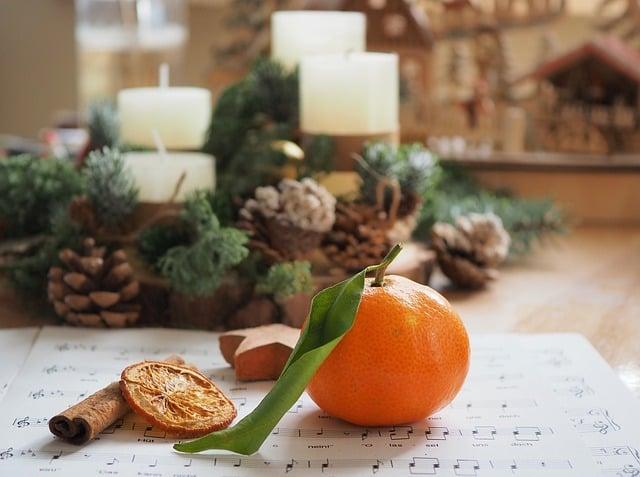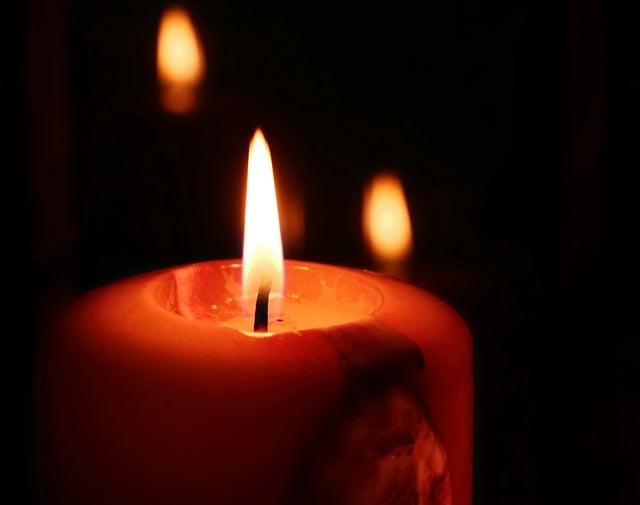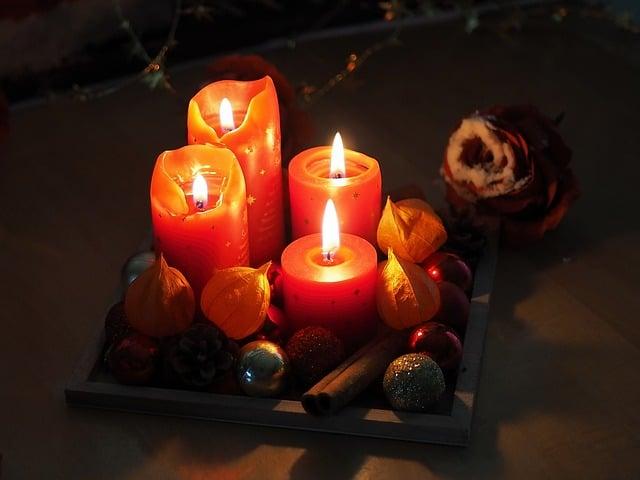Once upon a December, a curious child named Mia discovered a colorful box adorned with tiny doors. “What’s this?” she asked her grandmother, eyes wide with wonder. With a warm smile, Grandma explained, “This is an Advent calendar. Each door hides a surprise, counting down the days to Christmas.” Mia’s excitement grew as she opened the first door, revealing a chocolate treat. “It’s like a treasure hunt!” she exclaimed. Together, they embarked on a daily adventure, each door unveiling a new delight, filling their hearts with joy and anticipation.
Table of Contents
- Understanding the Tradition Behind Advent Calendars
- Exploring the Different Types of Advent Calendars
- Crafting Your Own Advent Calendar Experience
- Incorporating Advent Calendars into Modern Celebrations
- Q&A
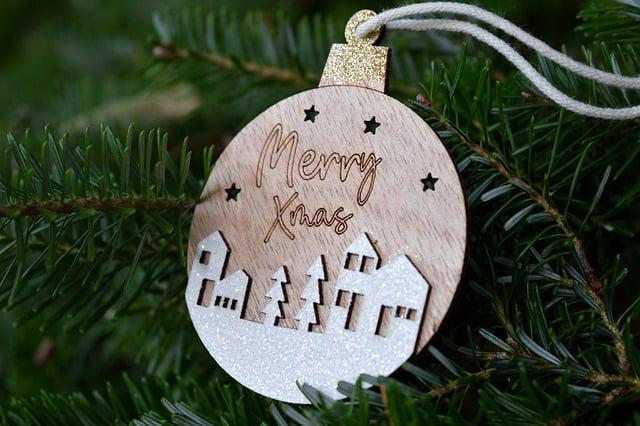
Understanding the Tradition Behind Advent Calendars
Advent calendars have a rich history that dates back to the early 19th century, originating in Germany as a way to mark the days leading up to Christmas. Traditionally, these calendars were simple, often featuring a chalk line drawn on a door or wall, with a small piece of chalk added for each day of December leading up to Christmas Eve. As the custom evolved, the calendars transformed into more elaborate designs, incorporating doors or windows that could be opened to reveal a small gift or a religious image. This practice not only built anticipation for the holiday but also served as a daily reminder of the spiritual significance of the season.
Today, Advent calendars come in various forms, appealing to both children and adults alike. They can be filled with a range of surprises, from chocolates and toys to beauty products and even wine. The essence of the Advent calendar remains the same, fostering a sense of joy and excitement as each day unfolds. Some key elements that define the tradition include:
- Countdown to Christmas: Each day represents a step closer to the celebration of Christ’s birth.
- Reflection and Anticipation: The calendar encourages moments of reflection and anticipation, enhancing the spiritual journey of Advent.
- Family Bonding: Opening a door or window together can create cherished family traditions and memories.
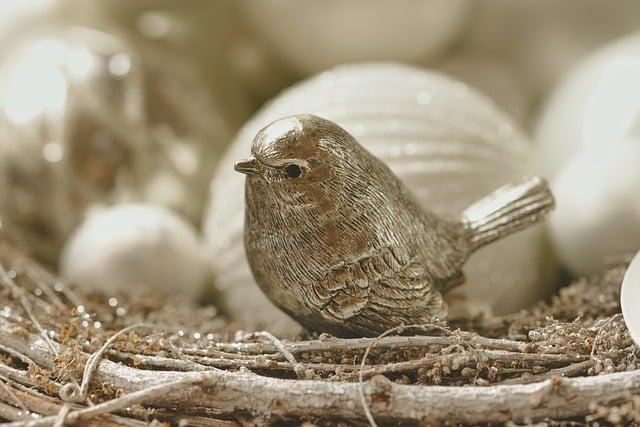
Exploring the Different Types of Advent Calendars
Advent calendars come in a delightful variety of forms, each offering a unique way to count down the days until Christmas. Traditional calendars often feature a simple design with numbered doors that conceal small surprises, such as chocolates or toys. However, the creativity doesn’t stop there. Many modern versions have embraced themes, leading to options like beauty advent calendars filled with skincare products, tea advent calendars showcasing different flavors, and even pet advent calendars designed to pamper our furry friends. These themed calendars not only enhance the excitement of the countdown but also cater to diverse interests and preferences.
In addition to the classic and themed varieties, there are also DIY advent calendars that allow for a personal touch. Craft enthusiasts can create their own calendars using materials like paper, fabric, or even repurposed items. This approach enables individuals to fill each compartment with customized gifts, notes, or activities, making the experience even more special. Furthermore, digital advent calendars have emerged in the age of technology, offering daily surprises through apps or websites, ranging from virtual gifts to exclusive content. With such a wide array of options, there’s an advent calendar to suit every taste and style, making the countdown to Christmas a truly personalized experience.

Crafting Your Own Advent Calendar Experience
Creating a personalized Advent calendar can transform the traditional countdown into a unique experience that reflects your interests and values. Start by selecting a theme that resonates with you or your family, whether it’s a focus on kindness, self-care, or holiday traditions. Gather small items that align with your theme, such as:
- Handwritten notes with daily affirmations or challenges
- Miniature treats like chocolates or homemade cookies
- Craft supplies for a daily DIY project
- Gift cards for local shops or coffee houses
Once you have your items, consider the presentation. You can use a decorative box, small envelopes, or even a string of clothespins to hang your surprises. Each day, as you unveil a new item, take a moment to reflect on its significance or share it with loved ones. This not only builds anticipation but also fosters a sense of connection and joy throughout the season. Remember, the goal is to create an experience that brings warmth and excitement, making each day leading up to the holiday feel special.
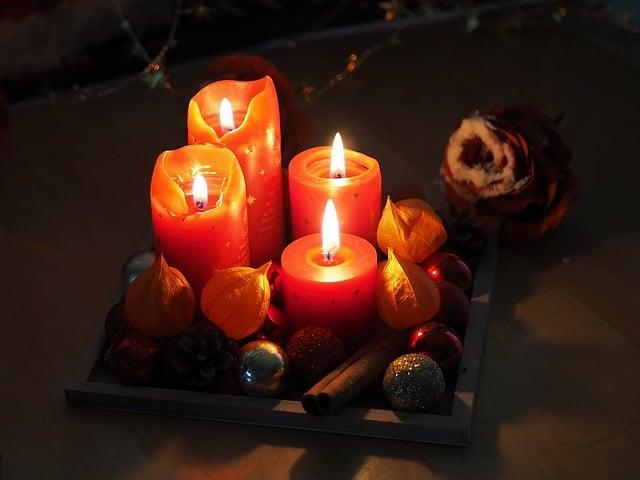
Incorporating Advent Calendars into Modern Celebrations
Advent calendars have evolved from their traditional roots into a versatile tool for modern celebrations, transcending their original purpose of counting down to Christmas. Today, they can be found in various forms, catering to diverse interests and age groups. From **chocolate-filled** doors to **beauty product surprises**, these calendars offer a delightful way to build anticipation and excitement throughout the month of December. Families can create personalized calendars filled with **handwritten notes**, **small toys**, or **family activities**, fostering a sense of togetherness and joy as they unveil each day’s surprise.
Incorporating Advent calendars into contemporary festivities allows for a unique blend of tradition and innovation. Many people are now using them to celebrate not just Christmas, but also other holidays and personal milestones. For instance, a birthday countdown calendar can feature **favorite treats**, **memorable photos**, or **fun challenges** leading up to the big day. Additionally, some choose to create **charity-focused** calendars, where each day encourages acts of kindness or donations to those in need. This modern twist not only enhances the celebratory spirit but also instills values of generosity and gratitude, making the countdown a meaningful experience for everyone involved.
Q&A
-
What is an Advent calendar?
An Advent calendar is a special calendar used to count down the days of Advent, the period leading up to Christmas. Traditionally, it starts on December 1st and ends on December 24th, with each day revealing a small gift, treat, or message.
-
How did the Advent calendar originate?
The Advent calendar has its roots in 19th-century Germany, where families would mark the days of Advent with chalk on doors or by lighting candles. The first printed Advent calendar appeared in the early 1900s, evolving into the decorative versions we see today.
-
What types of Advent calendars are available?
Advent calendars come in various forms, including:
- Traditional paper calendars with doors to open
- Wooden calendars with reusable compartments
- Chocolate-filled calendars
- Calendars featuring toys, beauty products, or other themed items
-
How can I create my own Advent calendar?
Creating a DIY Advent calendar can be a fun project! Here’s how:
- Choose a theme (e.g., treats, activities, or small gifts).
- Gather materials like small boxes, envelopes, or bags.
- Number each container from 1 to 24 and fill them with surprises.
- Decorate the calendar to match your holiday spirit!
As the countdown to Christmas unfolds, the Advent calendar transforms anticipation into joy. By sharing its history and significance, we can enrich our celebrations and create lasting memories. Embrace the magic of each day, one door at a time.

大家好,我是彼得潘,專業的手法身體治療師。我喜歡探索和研究各種主題,並透過與人工智慧的合作分享專業、實用、有趣的文章。我們定期進行人工審核,以確保內容的準確性。如果您發現文章中有任何不準確的地方,請隨時與我們聯繫,我們會及時糾正。您可以透過 [email protected] 與我們聯繫。
